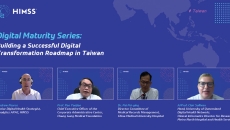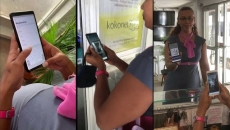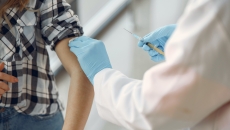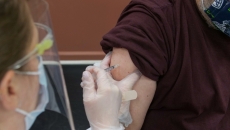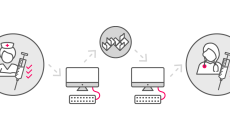Roy Chiang
In this webinar, insights were gained on the steps Taiwan has taken towards creating a cohesive digital healthcare ecosystem as well as what is required to create a strong foundation in digital health.
Upon its completion, the platform will first be used by policyholders from participating insurer Great Eastern in a pilot before being scaled nationwide.
Space 95 – an IT services company in Seychelles – has launched "Contak", a contact tracing app that will enable users to register places they have visited.
Digital health group Cardihab has partnered with Tasmania’s health department and the Royal Flying Doctor Service, an aeromedical organisation, to roll out its Cardihab app in public hospitals throughout the state.
In February, Qantas completed a trial run of the CommonPass Digital Health app on an international repatriation flight from Frankfurt to Darwin.
A study conducted in December 2020 by TheCareSide, a home healthcare provider in Australia, found that a majority of the respondents anticipated receiving the COVID-19 vaccine.
The healthcare landscape has transformed drastically over the years and we have found ourselves in a situation where both patients and consumers alike are becoming more engaged and involved in their own health.
The Australian Digital Health Agency (ADHA) has publicly stated on 17 February that it has completed its final stages of integration between South Australia Health’s Sunrise Electrical Medical Records (EMR) and patient administration system (PAS) to the country’s My Health Record (MHR).
HealthEngine selected to support the Australian Government Department of Health’s vaccination effor…
The Commonwealth booking platform will be used by the Department of Health as part of the COVID-19 vaccination info and booking service
Clinicians can have ready access to an online platform that facilitates the upload of COVID-19 vaccination records to the Australian Immunisation Register
